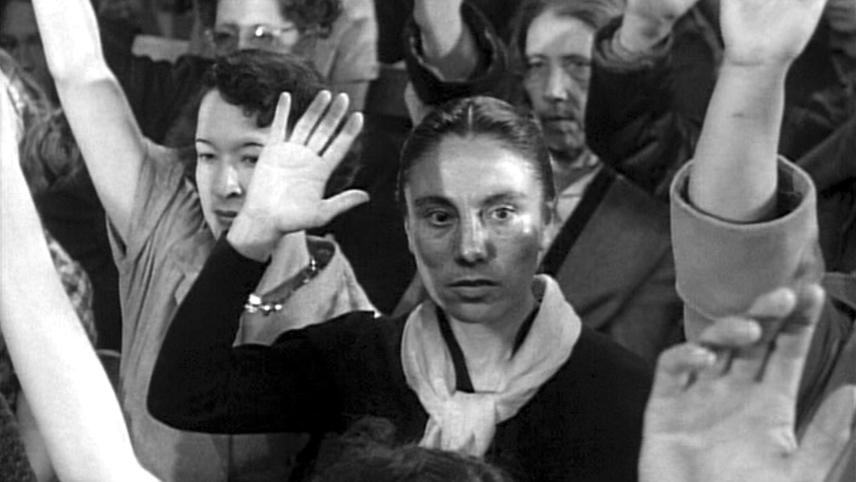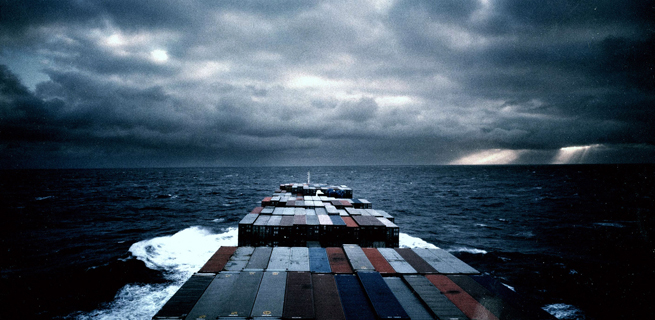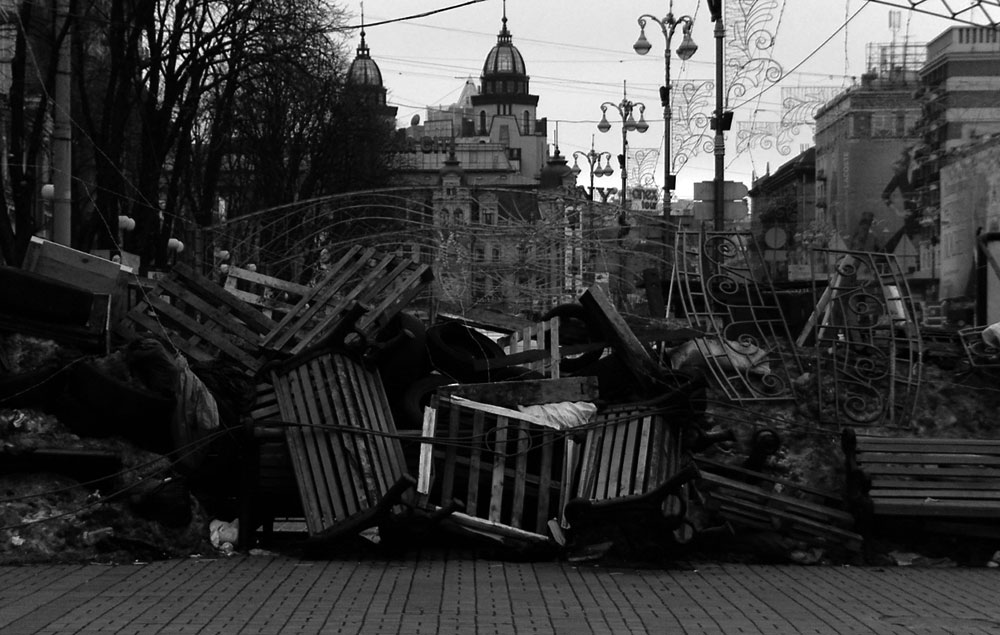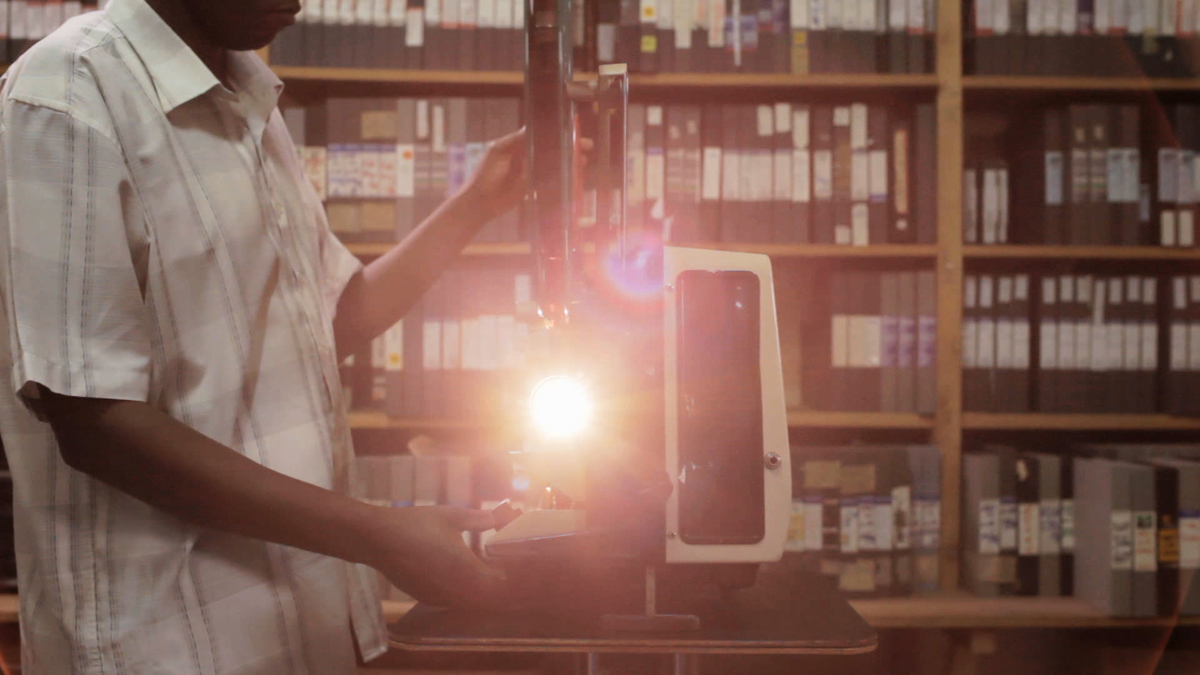
6 February 2015 20:00, Bozar Cinema, Brussels.
Carte Blanche to Jean-Pierre Rehm, in collaboration with erg (école supérieure des arts) and FIDMarseille, in the framework of erg séminaire 2015.
“Moi je pense que l’humain a besoin pour naître de faire naître cette chose incompréhensible qu’est l’art, parce que c’est incompréhensible. L’art est la preuve même de l’inhumanité de l’homme, dans un double sens : d’abord, que l’être humain ne s’appartient pas, et aussi la preuve de son côté horrible, terrible. Dans les films qui m’intéressent, je fuis le militantisme hérité des années soixante-dix où on assène des soit disant vérités sans contrepoint. Les films, ce sont des aventures artistiques, l’art n’y est pas une plus value.”
Cinema as adventure of time and movement? Cinema as potential encounter with the inhuman within the human, as an experience of the intolerable that can release us from ourselves, allowing us to imagine our world differently? These ideas seem to have some kind of hold on our thinking about the emancipatory potential of cinema, ever since a brilliant thinker proposed to think of art as an exceptional sensorium that allows us to pass over to the other side, there where the truth of being resides, from which one returns with “bloodshot eyes”. But if political emancipation is indeed about exceeding the limits of our vital and social determinations, isn’t there a way of thinking about the potential of cinema without collapsing into metaphysics, without drowning politics and art into one grand ethology in common? If cinema is indeed an art deprived of linguistic palpability or certainty of expression, how can we find words to talk about the operations, figures, resonances, metaphors, attractions and inversions that constitute a cinematic world? And yes, since we seem to have no more patience for the “isms” that prospered so well in the past “short century”, how can we grasp and further the adventures that are happening in front of our eyes? Perhaps these are some of the issues that we can touch upon with Jean-Pierre Rehm, the spirited film enthusiast and, well, enthusiast tout court who has been running, since 2002, one of the most exciting film festivals in Europe, FIDMarseille. For the occasion of this Dissent ! session he has chosen five films, which are on the surface as disparate as the background of its makers. But isn’t the blurring of borders between what is traditionally called “documentary” and “fiction” or what is neurotically categorized as either “art”, “film” or “artists’-film” (sign of the times: the coupling or hyphen) precisely what makes it possible to rekindle cinema’s sensible force of heterogeneity, counter to the consensual tendencies that try to pin everything and everyone down to specific plots and places? As long as we keep up the struggle with easy determinations, then, perhaps we can allow our eyes and ears to drift in unforeseen directions. Who knows, in a time when the real is claimed to be completely disbarred from any form of illusion or utopia, when every divergent standpoint is easily dismissed as “unrealistic”, perhaps cinema, this art of appearance, still might have something to say.
Jean-Pierre Rehm will introduce each film, followed by a discussion.
Salomé Lamas, No Man’s Land (PT, 2012, 72′)
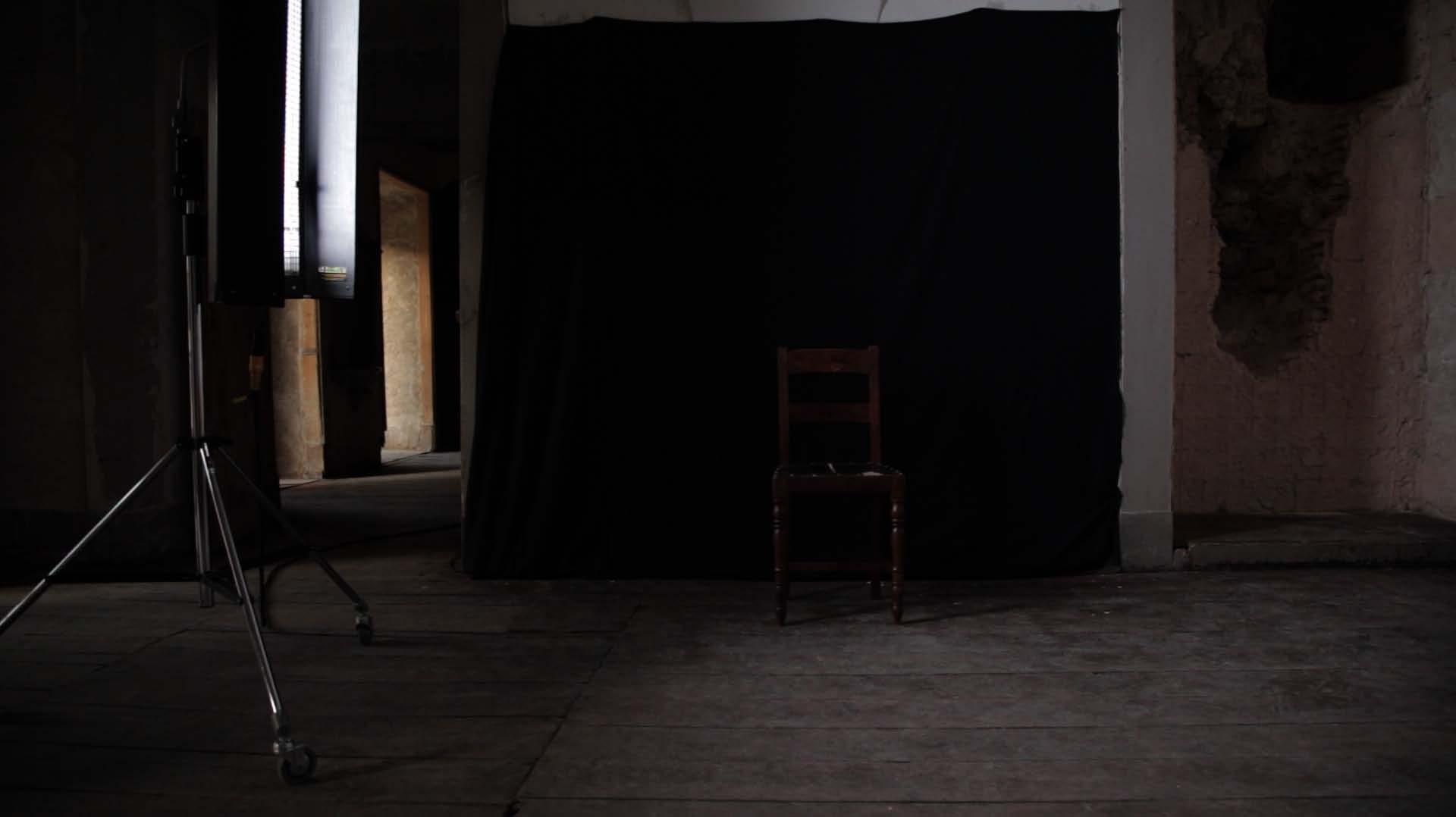
“Is Paulo a mythomaniac? We will never know, but it is his stories that lead the danse macabre of an existence guided by arms. Through fixed shots, in a unique and stripped-down interior, the camera records his words and his laddish mask. Starting out as a simple soldier in Angola, he says, but keen to cut off the ears of black people during the war for independence from Portugese colonisation, he then worked as a mercenary here and there, and finally for various European states against the Basque movement. Paulo calmly boasts of his evilness, his efficiency and his skill as a Samurai killer, until the camera cuts away to show him in the middle of African immigrants, cooking under a bridge, a typical pathetic tramp, suddenly disarmed to play housemaid. The real career path, whatever the details, of someone who has always confused horror with the ordinary, and has been fed on obscene and conquering mythologies.” (JPR)
Pere Portabella, Mudanza (ES, 2008, 20′)
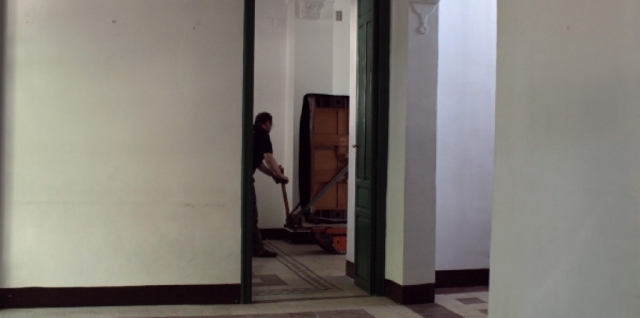
“Mudanza, Grenade, the family home of the poet Garcia Lorca. We see no one there, except the ballet of movers who empty one by one all the rooms of their furniture, pictures, etc. It will remain an empty dwelling, filled with light and traces, that has become the cenotaph for the poet murdered by the Fascists in 1936, and whose corpse was never found. Portabella, with a camerawork of an impressive virtuosity, composes here, seventy years later, more than homage: a funeral elegy.” (JPR)
Apichatpong Weerasethakul, Phantoms of Nabua (TH, 2009, 11′)
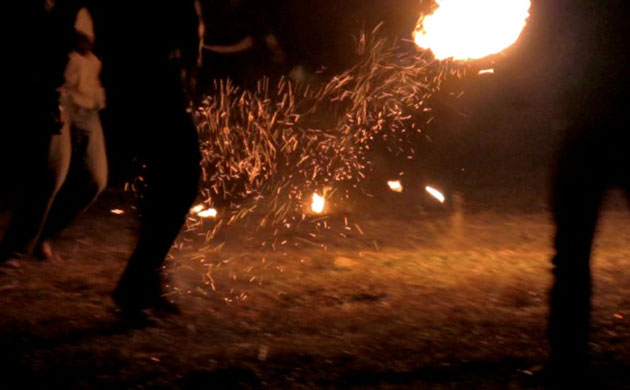
“It’s night, a neon lamp throws light onto a deserted playing field. Off to one side, on a makeshift open-air screen can be made out the image of a village struck regularly by lightning. As night finally falls the outlines of a group of young boys appear. Each one takes turns at kicking a burning ball that makes glowing lines in the grass. All the light, the neon lamp, the lightning and the fire echo each other in the midst of smoke that rises from the ground. The game continues quickly until the ball hits the screen and sets fire to it, causing a new spectacle that the little group will gaze at, stripping away the projector’s beam, a ray without image.
In extremely simple terms, the film aims at evoking a precise historical event: the war and the destruction of a village called Nabua. A short –Thai, if you will – version of an apocalypse of old. That the soldiers represented here by young carefree boys and that the memory of a village are combined with a cinema projection speaks amply of the refusal to simplify that runs through all the films of Apichatpong Weerasethakul. Because these are not so much the events described or the stylised characters that are ghostly, as the title indicates, than the horror itself. One will easily understand that to find today a cinematic form to this massacre, to light up the dark, is to surmount – as much as images can – that which has already been destroyed. It is no doubt worth pointing out that this film was initially part of a group of projections called Primitive Project.” (JPR)
Benjamin Tiven, A Third Version of the Imaginary (KE/US, 2012, 12′)
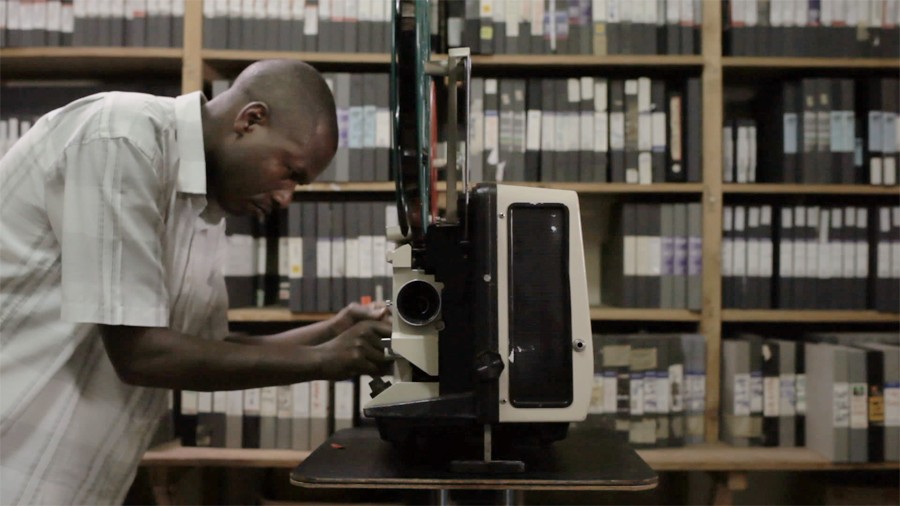
“In this very short, very intense film, we see and understand, as we so rarely do. In a place that acts as a film library in Nairobi, guided by the manager of the site, we follow a presentation of the archives shot in Kenya. From the real difficulties inherent to conservation, we suddenly move on to others. The question of language, of the representation of a language such as Swahili, shapes it into those motifs associated with censure, it is the links between image, language and censure that appear. And yet Benjamin Tiven does not consider this complex ensemble as the subject of his work — but as the very material of his very own judiciously enigmatic film.” (JPR)
Lee Lynch & Lee Anne Schmitt, Bower’s Cave (US, 2008, 14′)

“Bower’s Cave” deals with the history of the Indians and their archives. How to pay tribute to their culture, their history? How to film their handicraft and artistic production? The couple show great rigour here in their treatment of the museography and cinematography. (Jean-Pierre Rehm)
DISSENT ! is an initiative of Argos, Auguste Orts and Courtisane, in the framework of the research project “Figures of Dissent” (KASK/Hogent), with support of VG.
——————————————————————————————————————————————————————-
About DISSENT!
How can the relation between cinema and politics be thought today? Between a cinema of politics and a politics of cinema, between politics as subject and as practice, between form and content? From Vertov’s cinematographic communism to the Dardenne brothers’ social realism, from Straub-Huillet’s Brechtian dialectics to the aesthetic-emancipatory figures of Pedro Costa, from Guy Debord’s radical anti-cinema to the mainstream pamphlets of Oliver Stone, the quest for cinematographic representations of political resistance has taken many different forms and strategies over the course of a century. The multiple choices and pathways that have gradually been adopted, constantly clash with the relationship between theory and practice, representation and action, awareness and mobilization, experience and change. Is cinema today regaining some of its old forces and promises? Are we once again confronted with the questions that Serge Daney asked a few decades ago? As the French film critic wrote: “How can political statements be presented cinematographically? And how can they be made positive?”. These issues are central in a series of conversations in which contemporary perspectives on the relationship between cinema and politics are explored.
